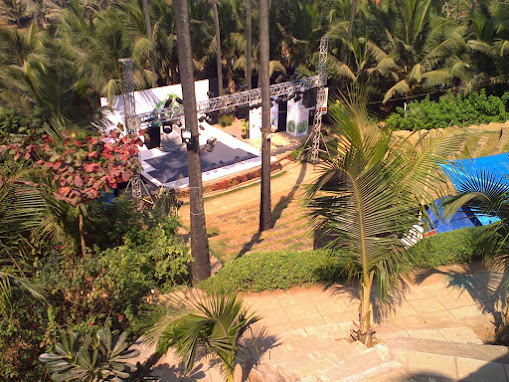This year, like in the previous years, I continued my explorations of this Urbs Prima in Mundis.
There will soon be more people living in the city of Bombay than on the continent of Australia. Urbs Prima in Indis reads the plaque outside the Gateway of India. It is also the Urbs Prima in Mundis, at least in one area, the first test of the vitality of a city: the number of people living in it. With 14 million people, Bombay is the biggest city on the planet of a race of city dwellers. Bombay is the future of urban civilization on the planet. God help us.
All these people in the city means that when exploring the city with the camera, it is very difficult to get a chaos-less frame. Every direction, if one tries compose a shot, is filled with millions of photobombs – hanging wires, traffic, people walking by, hawkers looking for custom, dogs, cows and the ubiquitous black & yellow taxis and BEST buses.
Below are a selection of 25 photographs out of the many I took this year of different places in Mumbai.
February 2015

The Mahakali Caves are part of the series of Buddhist caves in and around Mumbai. The series include Kanheri, Karla and Bhaja as the big ones with Jogeshwari, Mandapeshwar and Mahakali being the smaller groups. The latter three are now buried under slums with the enclosed area used as a public shit house. This picture of a mass producing statue workshop – of Dr Ambedkar holding a copy of the Constitution and pointing to Parliament (to be imagined I am sure) – provides some element of artistic gravitas to the other wise dump that this archaeological site has become.
March 2015
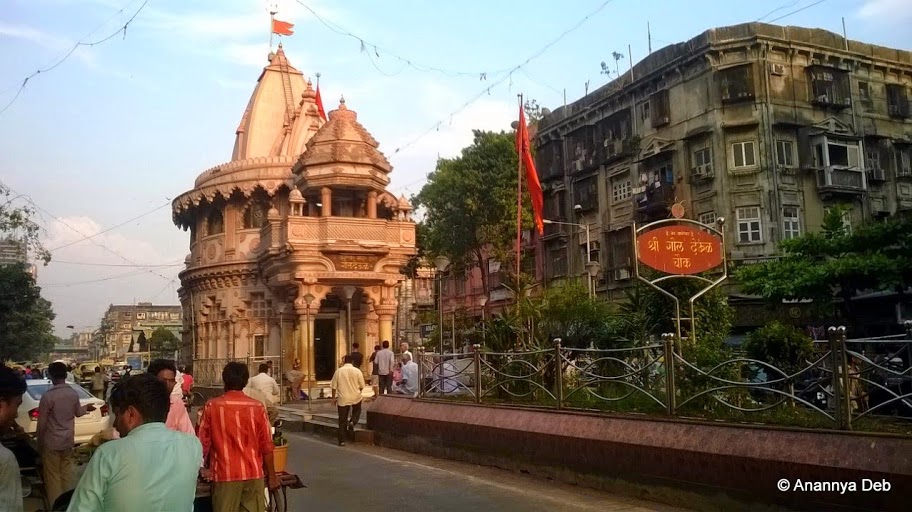
The area starting with Byculla all the way south to Kalbadevi has, for the last 200 years, financed the city. This centre of trade – cloth, diamond, precious metals, steel, paper, machinery and human flesh trade – has given the city many billionaires and millionaires through organised industry – legal and illegal. Today, the wealth creation has become more spread out and these old parts of the city like Null Bazaar look considerably rundown and decayed. But the stream of population remains.
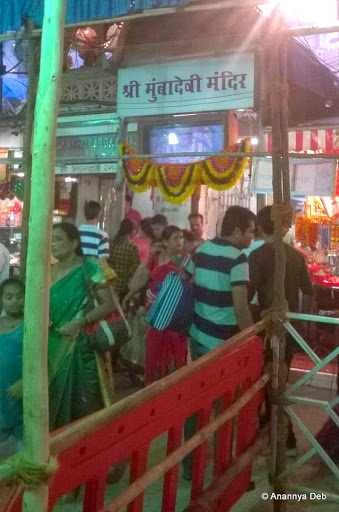
The city’s eponymous temple is hidden by shops in a crowded lane of Kalbadevi. The vimana of the temple can be seen through the gaps from a distance. But upfront, the entrance is lost amongst the cloth and jewelry shops in the street.
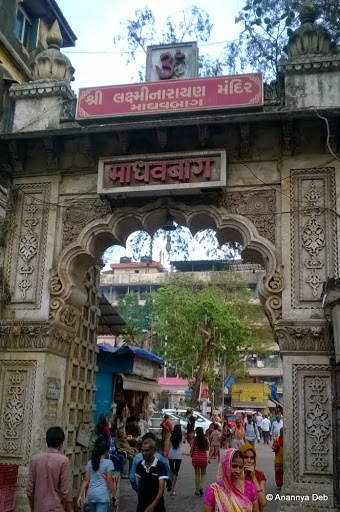
Mahatma Gandhi’s first few days back in India were spent in Girgaum in places like Madhavbaug where he attended many felicitation programs as well as delivered lectures and talks on his works. Behind Madhavbaug is an old animal shelter which was renovated and kept ready for the rush of old animals following the ban on cow slaughter in Maharashtra.
April 2015
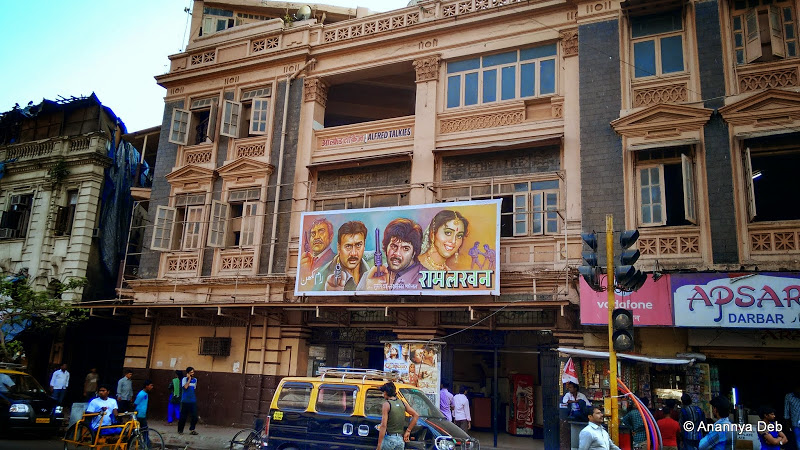
The area around Bombay Central & Grant Road railway stations was a hub of the Bombay film industry till the 1950s. Cinema halls like Alfred Talkies were destinations for the cinema afficianados. Many like Minerva and Naaz which ran movies like Sholay for years are now demolished and are obliterated from the map. Those still standing cater to the local shopkeepers, taxi drivers and customers visiting the red light quarters on Maulana Shaukat Ali Road.
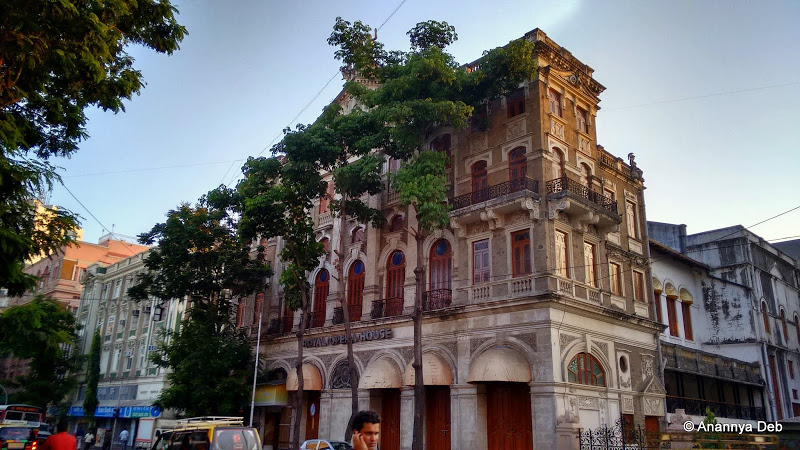
The Royal Opera House of Mumbai is likely to reopen in 2016. Five years of painstaking restoration to its original 1911 design is heading into its last leg. Purely for its touristy value, a re-opened operational Opera House will be some achievement for a city which is losing all its heritage establishments one after another.
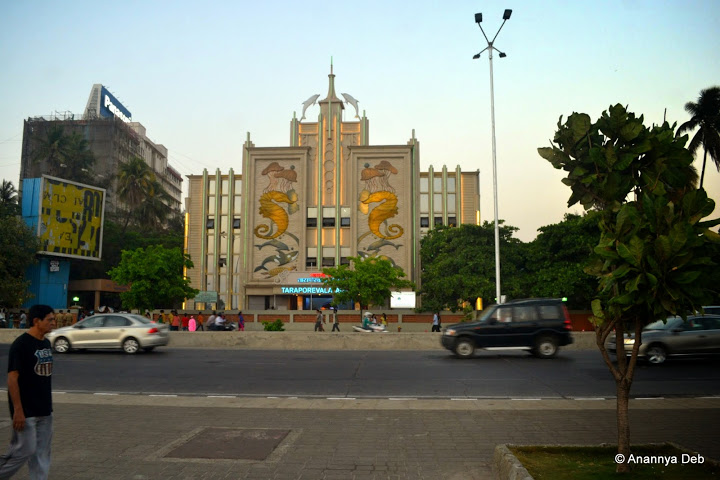
The Art Deco structures of Mumbai have been nominated for UNESCO World Heritage status. The Taraporevala Aquarium has got itself a new look with twinkling dancing lights on its facade. The Art Deco style has been preserved but for some reason, one feels the visual appearance has a strong Govinda meets MF Hussain feel.
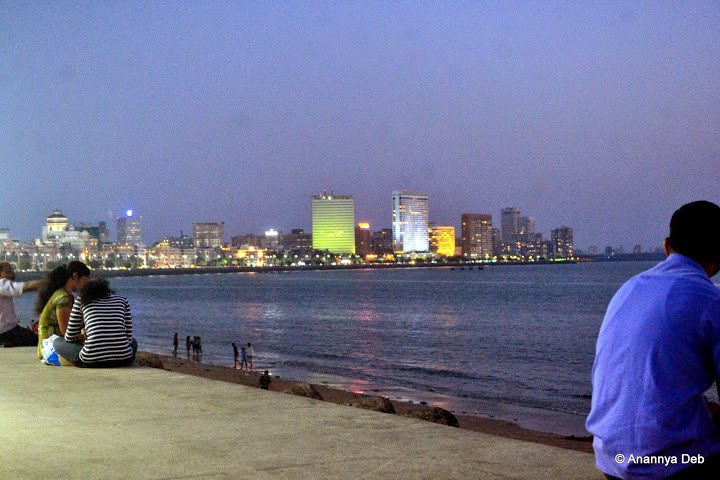
Ah! Marine Drive. These days photographing across Marine Drive, a line of sight measuring 2 km, is difficult because of the pollution filled haze casting a veil on all the buildings. But Mumbai, even if it is choking in the crush of all things, finds itself magnetically drawn to Marine Drive and the seafront promenade every evening.
May 2015
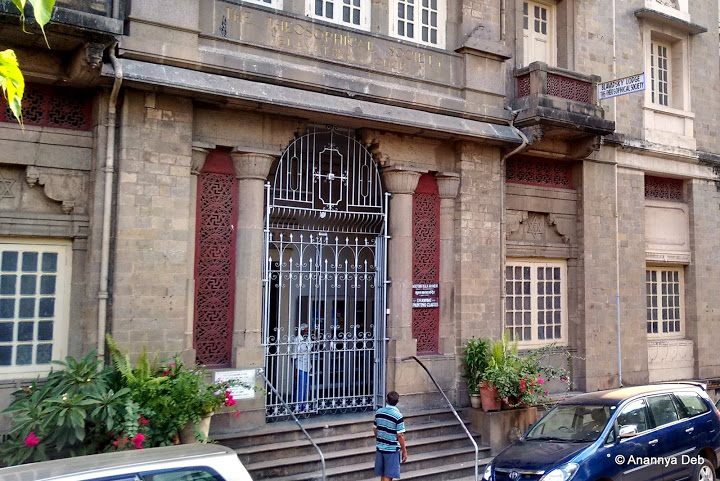
A small road bridge over the Western Railway tracks, sandwiched between the more busier bridges on Sardar Patel Road and Nana Chowk Road, is the French Bridge, named after Col PT French, one of the founders of the BBCI Railway Company (became the Western Railway after independence). The traffic is non-existent even though one end of the bridge comes out into the busy Opera House junction. At the other end is The Theosophical Society building which has a hall in it called Blavatsky Lodge. This structure hosted many personalities over the years including Mahatma Gandhi. Some significant events, declarations and meetings during the freedom struggle happened here.
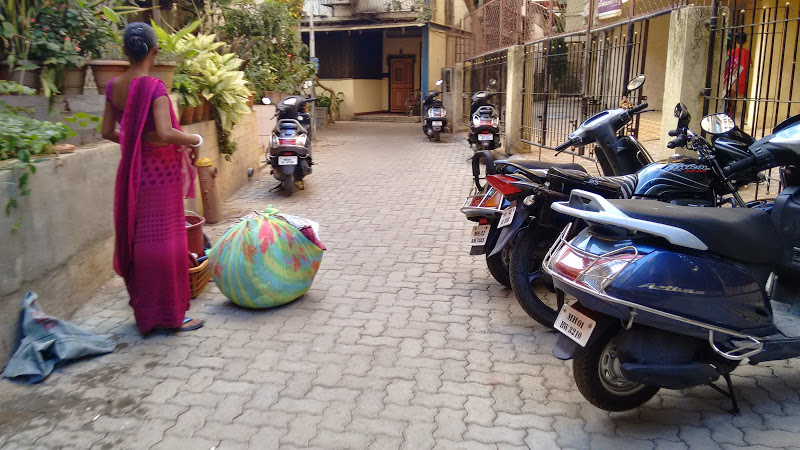
Girgaum or Gamdevi (literally, the “village goddess”) developed from the small village in the foot of the Malabar Hill. This is reflected in its name – Giri + Gaum i.e. hill village. This is feature of all parts of Mumbai which have grown from small villages like these. The local word for such villages is “gaothan” and the cross-hairs of many builders and developers are on these prime locations. The narrow zig-zag streets, small courtyards outside homes, chickens fluttering around – some of the typical “gauthi” elements still remain under the shadow of skyscrapers.
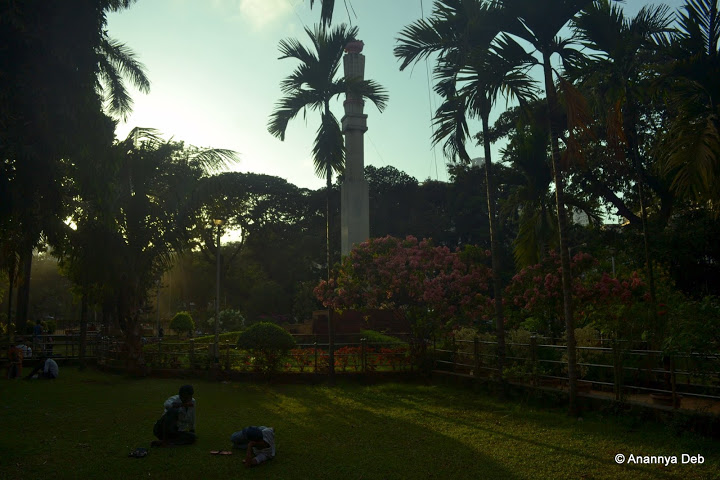
Bombay has been a significant centre for political events which were part of the freedom struggle. The Quit India movement which was launched here by Aruna Asaf Ali who led the Congress session since everyone including Mahatma Gandhi were arrested or detained by the British. The maidan is just five minutes walk from Mani Bhuvan, Gandhi’s residence in Mumbai for many years.
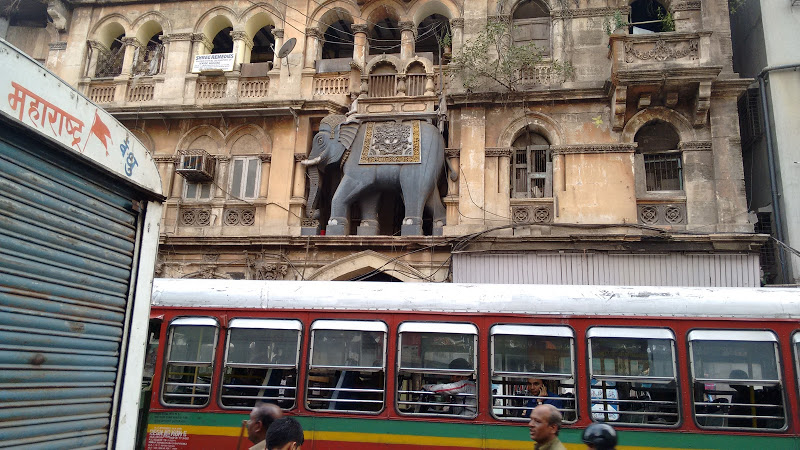
Kalbadevi is a fascinating place to explore – trading, old bookshops, art deco cinema halls, communes called wadis, shady bars, restaurants and a variety of small temples, mosques, agiaries and churches sprinkled all over. Each of these establishments have their own history and associated legends. If you can brave the teeming crowds, there are many a Saturdays which you can spend walking here.
July 2015
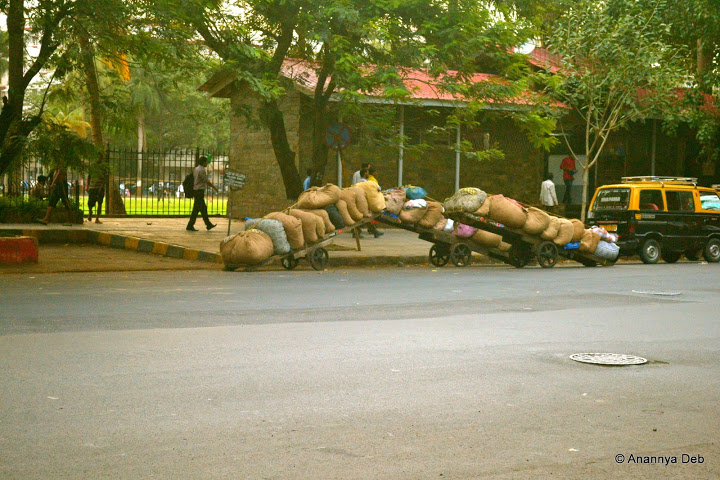
I do my city explorations on Saturday afternoons. I get out of office early, pick a neighbourhood to explore and catch a bus or train going there. The Fort area on Saturday afternoons goes into a limbo state – there are half-day workers are rushing to Churchgate or CST to catch their trains home and there are some hardworking delivery people who settle down for a siesta in the edges of the maidans watching whatever game of cricket is going on – even kids doing net practice.
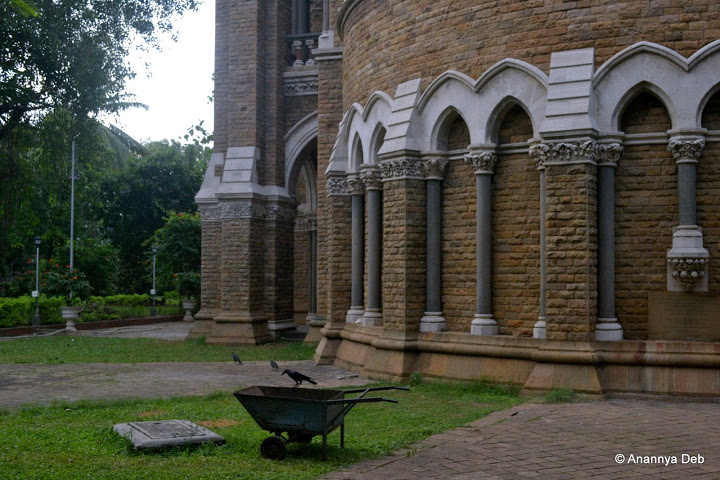
The Fort campus of Mumbai University always makes one pause and look up when passing by.
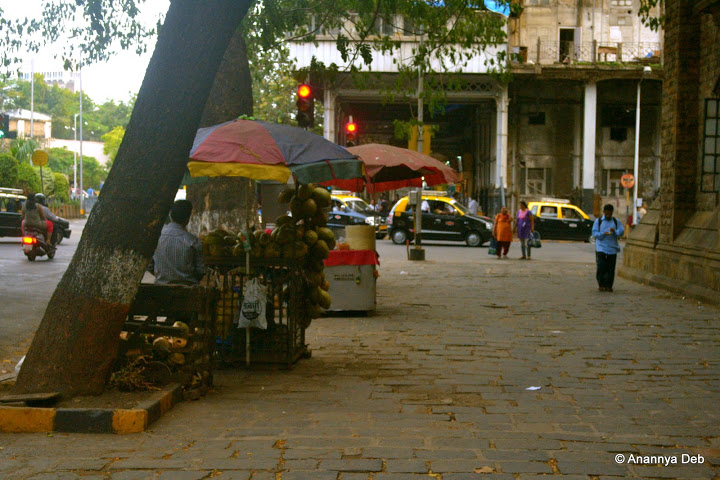
Kalaghoda lost two major addresses this year – Samovar and Rhythm House. What will come in their place?
September 2015
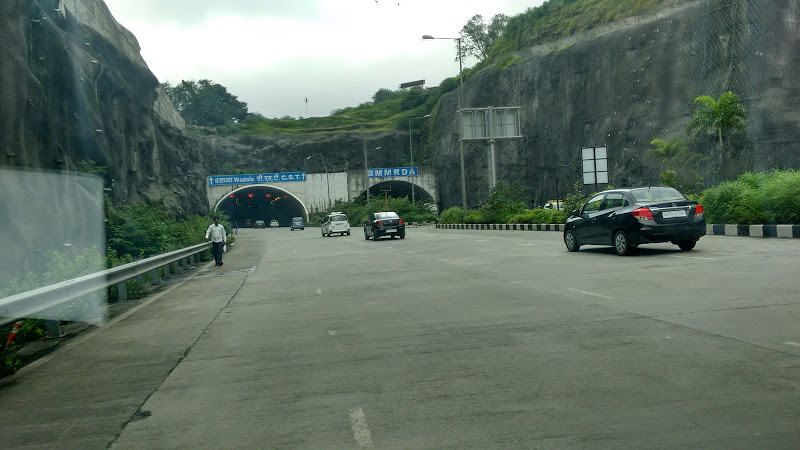
My house is less than a kilometre from the Chembur exit of the Eastern Freeway. It has made Cafe Mondegar in Colaba my “will be right there” place. And in the monsoon, the tunnels have a touch of the Western Ghats aesthetic.
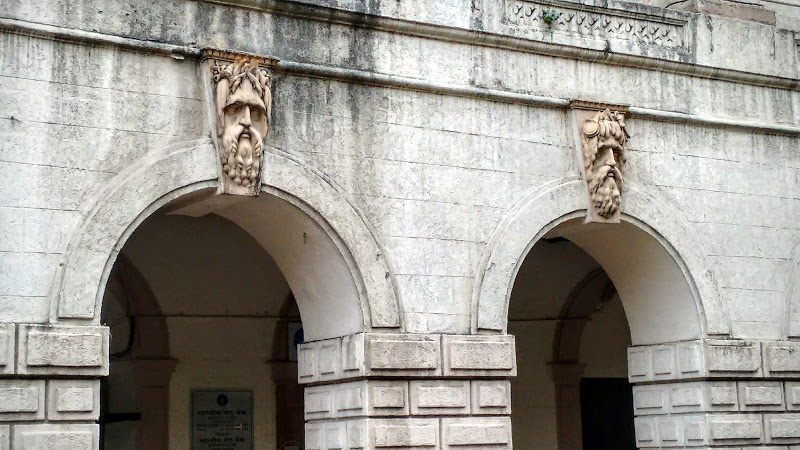
I have been to Horniman Circle so many times but till recently, I never noticed these Grecian faces on the columns of the buildings. One of the buildings is called Hermes House. So, in the absence of any expert reference, let’s assume these are Hermes busts. This year, there were not too many open air events in Horniman Circle.
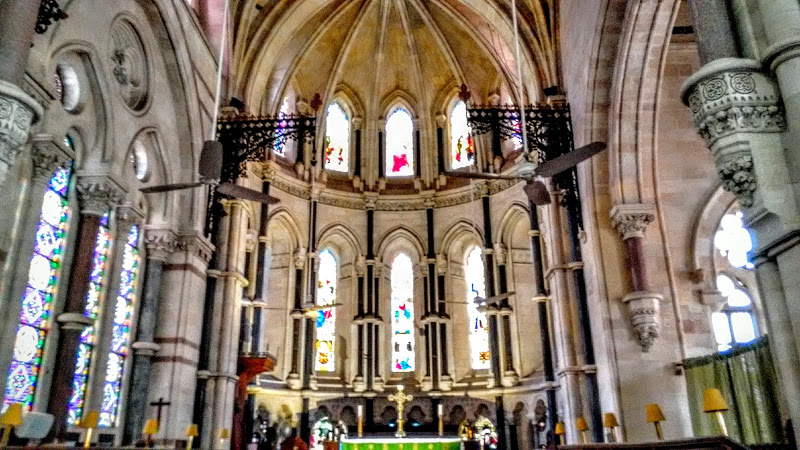
One of the first churches in Western India and Mumbai, Constructed in the 17th century, the St Thomas Cathedral was the first Anglican Church in Mumbai and served the British community in the original Fort. There are memorials and tombstones of British officers, their wives and their children since 1718. One can see the number of young Britishers perishing to tropical diseases before they reached the age of 25. There’s also a number of memorials for various crews of ships lost at sea off the coast.
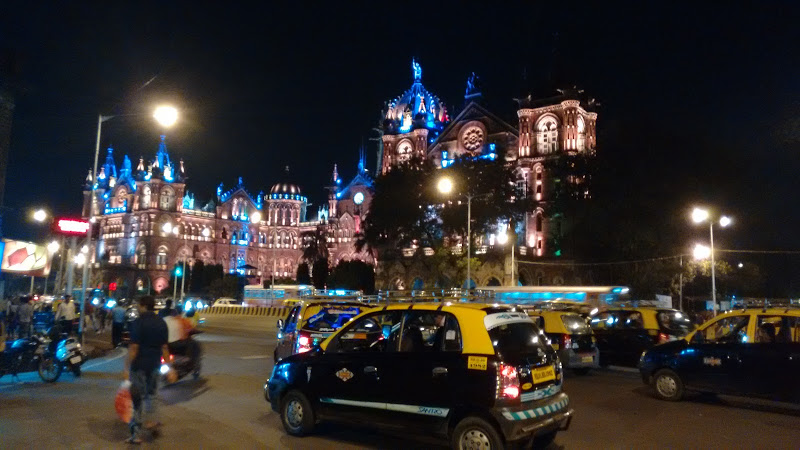
With the UNESCO World Heritage Site status secured, whoever is in charge decided it would be a good idea to bathe the iconic structure with disco lights. Not many citizens are impressed by it. The simple sodium vapour lights were far more elegant.
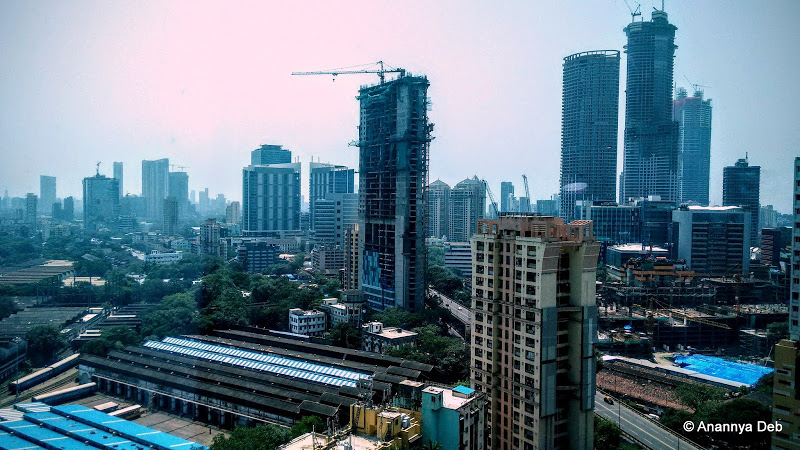
Lower Parel was known as “Girangaon” – the village of spinning mills. The skyline was made up of tall chimneys. The chimneys have been replaced by residential and commercial blocks. Ever since they relaxed the maximum height of buildings, all the major construction companies were out there creating a race to the sky. Looking out of the 17th floor of one such building, one can still see a few pixels of ground. In another five years, I am not sure that the will be visible.
October 2015
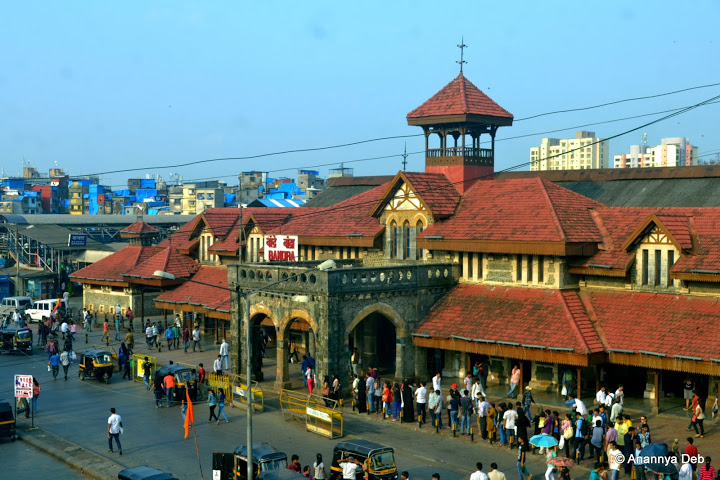
Apart from CST, some of the suburban railway stations have some very eye catching designs. The beautiful Bandra railway station is one. Though, with all the cables and skywalks and autorickshaws jammed on the roads, I am not sure how many people stop to appreciate the structure.
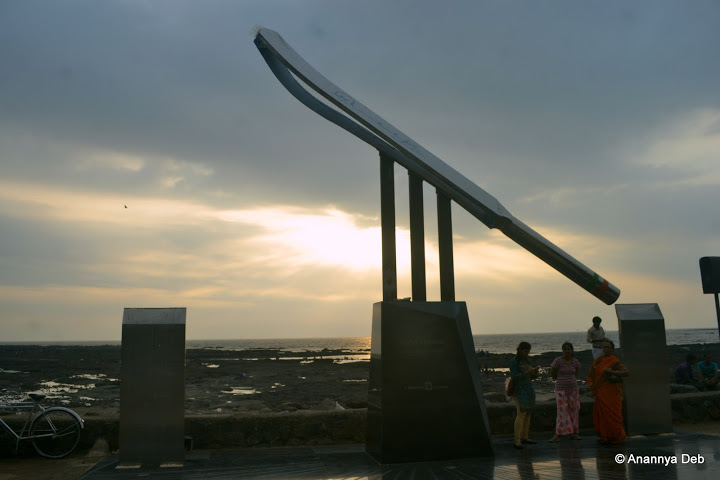
There is this random bat installed on Carter Road. It’s a dedication to the greatest batsman in cricket ever. I found it quite clunky and ugly.
November 2015
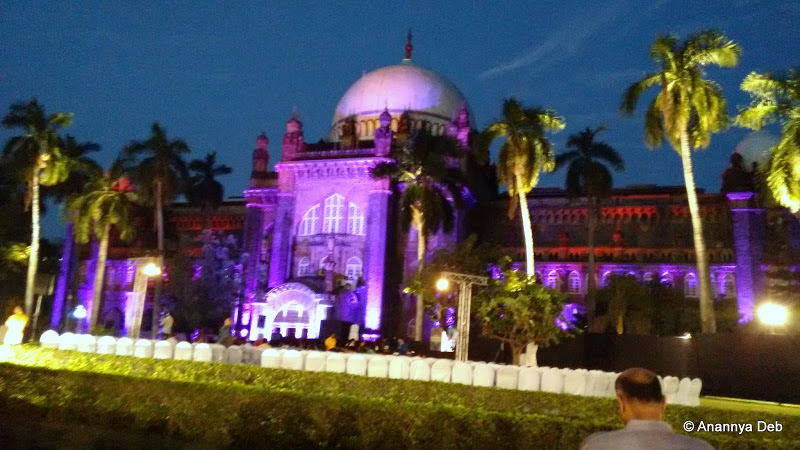
Visiting the CSMVS (formerly the Prince of Wales Museum), one notices that the disco lights bug has hit them as well.
December 2015
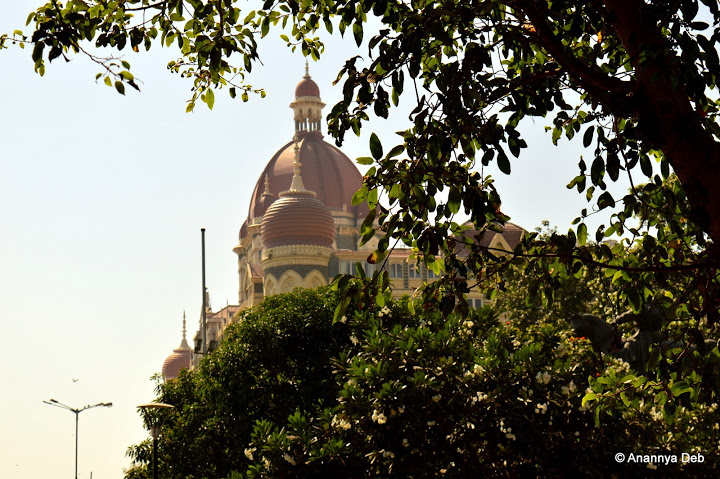
December was a busy month and the only bit of exploration one could do was to take a day trip to the Elephanta Caves. A photograph of the Taj Mahal hotel peeping out of the trees came by habit as did the next one – the three headed sculpture of Shiva.
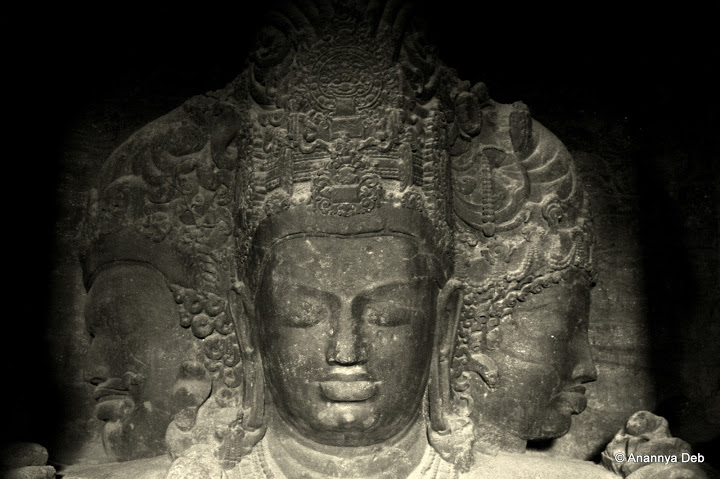
2016 beckons in a few hours and there should be some new places in Mumbai that I hope to explore soon.
